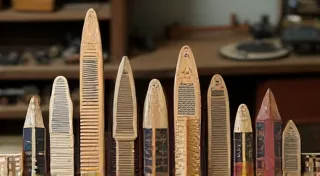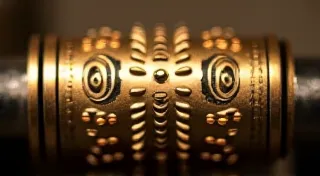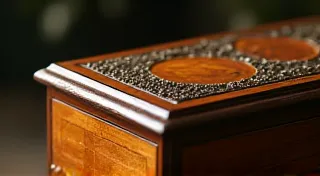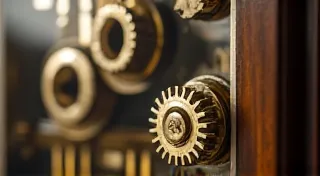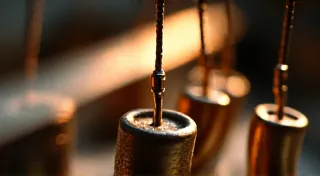Preserving the Original Finish on Antique Music Boxes
Antique music boxes are beautiful examples of mechanical artistry, and their original finishes contribute significantly to their charm and value. However, time, handling, and previous cleaning attempts can dull or damage these finishes. This guide offers expert advice on preserving the original finish of your antique music box, emphasizing gentle and appropriate methods that avoid irreversible harm.
Understanding Original Finishes
Early music boxes often feature finishes that differ significantly from modern paints and varnishes. Common finishes include shellac, varnish (often shellac-based), and occasionally lacquer. These finishes are typically thin, porous, and more susceptible to damage from harsh chemicals and abrasive cleaning. Knowing the likely type of finish on your music box will inform your approach to preservation.
The Dangers of Harsh Cleaning
Many well-intentioned owners unknowingly damage their music boxes by using inappropriate cleaning products. Avoid the following at all costs:
- Solvent-based cleaners: Acetone, lacquer thinner, and even strong household cleaners can strip the original finish completely.
- Abrasive polishes: These can create a dull, scratched appearance and permanently remove a layer of the finish.
- Excessive water: Water can penetrate the finish and cause swelling, warping, or water stains.
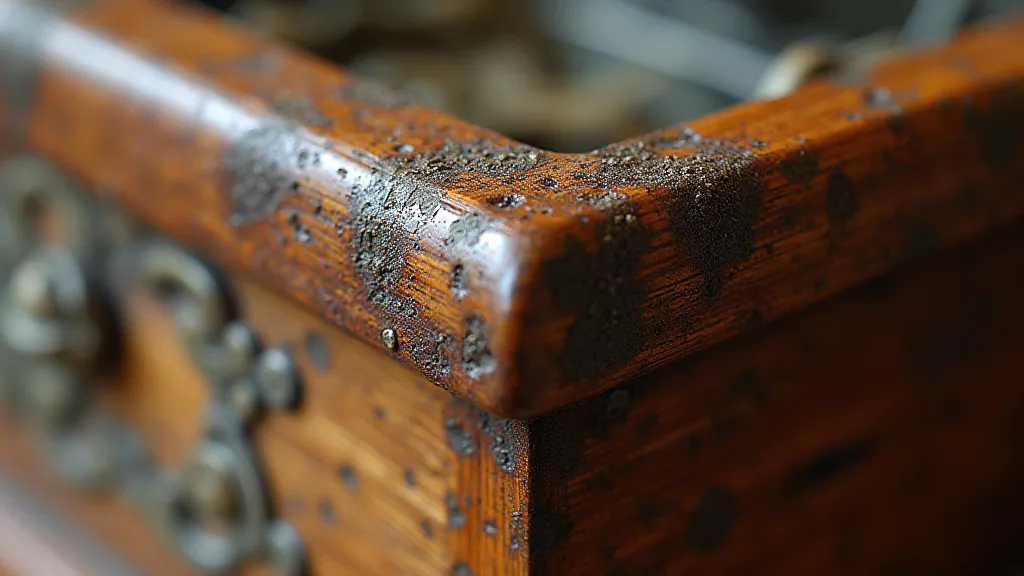
Gentle Cleaning and Preservation Techniques
The best approach to preserving the original finish is prevention and gentle cleaning. Here's a step-by-step guide:
- Dusting: Regularly dust your music box with a soft brush or microfiber cloth. This is the most important step in preventing buildup of dirt and grime.
- Light Surface Cleaning (if necessary): If dusting isn't sufficient, you can try a very diluted solution of mild soap (like dish soap) and distilled water. Dampen a soft cloth – do not saturate – and gently wipe the surface. Immediately dry with another clean, dry cloth.
- Mineral Spirits (with caution): In some cases, very diluted mineral spirits can be used to remove sticky residue or light grime. This should only be attempted by experienced individuals. Test a small, inconspicuous area first. Use sparingly and ensure good ventilation.
- Waxing (optional): A thin coat of high-quality, conservation-grade wax can provide a protective layer and enhance the appearance of the finish. Again, test a small area first to ensure compatibility.
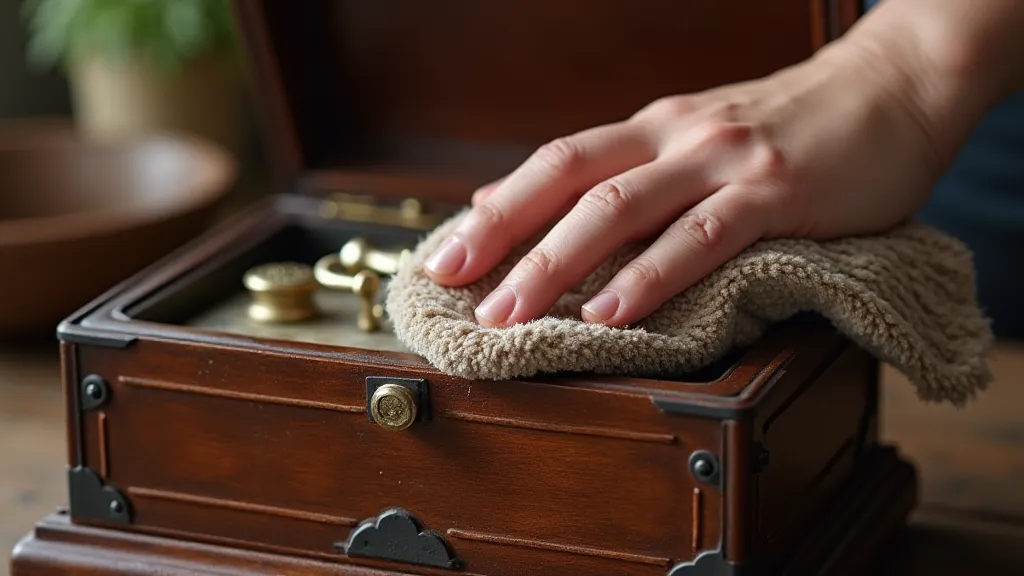
Addressing Specific Issues
Here's how to handle some common finish problems:
- Sticking residue: Try a cotton swab lightly dampened with mineral spirits (as described above).
- Fading: While you can't restore the original vibrancy of a faded finish, regular dusting and gentle cleaning can help prevent further degradation.
- Minor scratches: These are often a part of the music box’s history and character. Attempting to remove them can often cause more harm than good.
Professional Consultation
For valuable or particularly delicate music boxes, or for any significant finish issues, consider consulting with a professional antique conservator. They have the expertise and specialized materials to safely address complex problems. Attempting repairs beyond your skill level can result in irreversible damage. Preservation is about maintaining the integrity of the original piece.
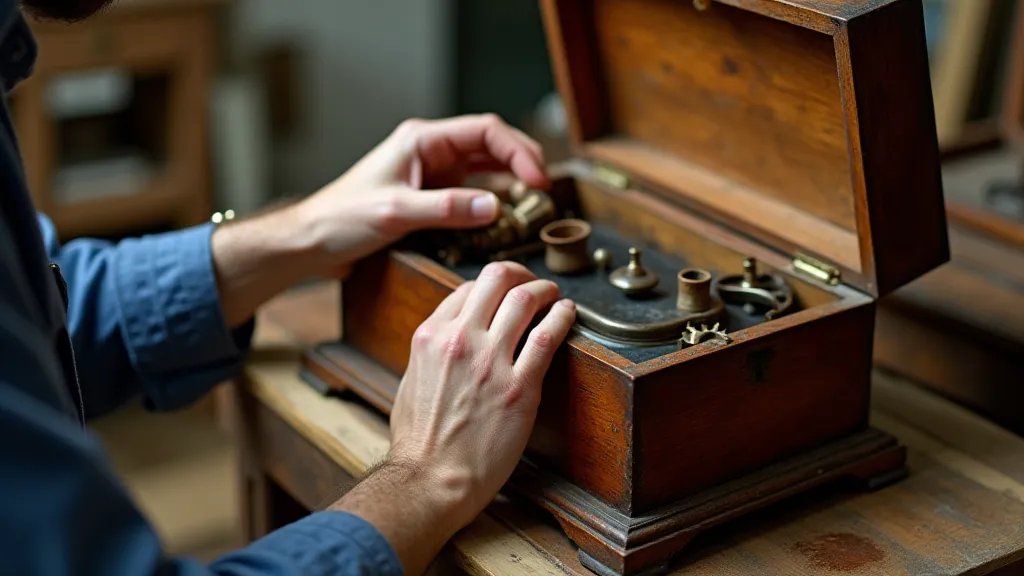
Conclusion
Preserving the original finish of your antique music box is a delicate process that requires patience and a gentle approach. By avoiding harsh chemicals and focusing on preventative care, you can ensure that your treasured piece retains its beauty and historical significance for generations to come.
